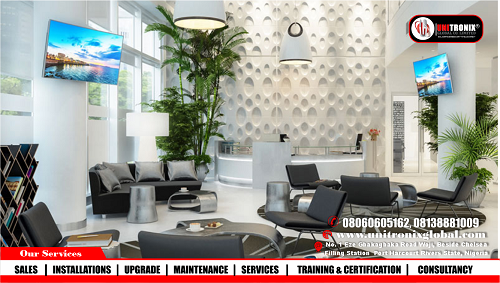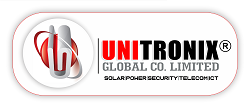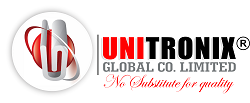ENERGY EFFICIENCY AND MANAGEMENT IN BUILDINGS TRAINING

Get Trained! Be Certified! Be Employable
ENERGY EFFICIENCY AND MANAGEMENT IN BUILDINGS TRAINING
WHAT YOU LEARN
Building Envelope Improvements: Enhancing insulation and airtightness to reduce heat transfer and improve thermal comfort. Upgrading windows and doors to minimize air leakage and improve natural lighting.
Efficient Lighting Solutions: Installing energy-efficient lighting systems, such as LED bulbs and fixtures. Incorporating daylight harvesting and lighting controls to optimize illumination. HVAC System Optimization: Selecting energy-efficient heating, ventilation, and air conditioning (HVAC) equipment. Implementing zoning, programmable thermostats, and regular maintenance. Renewable Energy Integration: Incorporating solar panels, wind turbines, or other renewable energy sources to generate on-site power. Reducing reliance on grid electricity and lowering carbon emissions. Smart Building Technologies: Utilizing building automation systems (BAS) and energy management systems (EMS) for remote monitoring and control. Smart sensors, controls, and analytics for optimizing energy use in real-time. Energy-Efficient Appliances and Equipment: Selecting appliances and equipment with high energy efficiency ratings (Energy Star, etc.). Using energy-efficient office equipment, computers, and machinery. Water Conservation: Implementing low-flow fixtures and efficient water heating systems. Incorporating rainwater harvesting and greywater reuse for non-potable uses. Behavioral Changes and Occupant Engagement: Raising awareness and educating building occupants about energy-saving practices. Encouraging responsible energy use and minimizing wasteful behaviors. Demand Response and Load Management: Participating in demand response programs to reduce peak electricity demand. Shifting non-essential loads to off-peak hours to optimize energy consumption. Energy Monitoring and Data Analytics: Installing energy meters and sensors to track real-time energy use. Analyzing data to identify patterns, trends, and opportunities for improvement. Energy Audits and Retrofits: Conducting energy audits to identify energy-saving opportunities and prioritize retrofit projects. Implementing energy-efficient upgrades based on audit findings. Sustainable Design and Construction: Incorporating energy-efficient design principles from the initial planning and construction stages. Using eco-friendly materials and designs that minimize energy demand. Building Codes and Regulations: Adhering to local building codes and energy efficiency standards. Complying with regulations related to insulation, ventilation, and energy performance. Lifecycle Assessment and Long-Term Savings: Considering the total lifecycle costs of building systems and materials. Investing upfront in energy efficiency measures to achieve long-term cost savings.OUR AIM
UNITRONIX TRAINING ACADEMY (UTA) is the training arm of UNITRONIX GLOBAL CO. LIMITED; one of the fastest growing reputable RENEWABLE ENERGY companies in Nigeria. In partnership with the world’s top- rated solar modules manufacturer OEM across the world, we deliver intensive theoretical, practical and on-site installation training in solar energy. Our trainings are delivered in a conducive environment, with experienced professionals and hands-on practical sessions. Our training sessions are very interactive to ensure full understanding of all topics covered. At the end of the training, every trainee will be certified and accredited as a Unitronix Dealer for the purposes of partnership.
BENEFITS OF THIS TRAINING
- Become a certified installer/professional
- Gain employment with premier solar companies
- Engage in business partnerships and mentoring with UTA, the industry’s foremost training institution.
- Stay informed about emerging solar technologies and applications firsthand
- Achieve internationally recognized certification
- Join the UTA alumni network, unlocking exclusive benefits
- Tap into the expertise of our team of skilled engineers
- Attain membership in leading renewable energy associations

